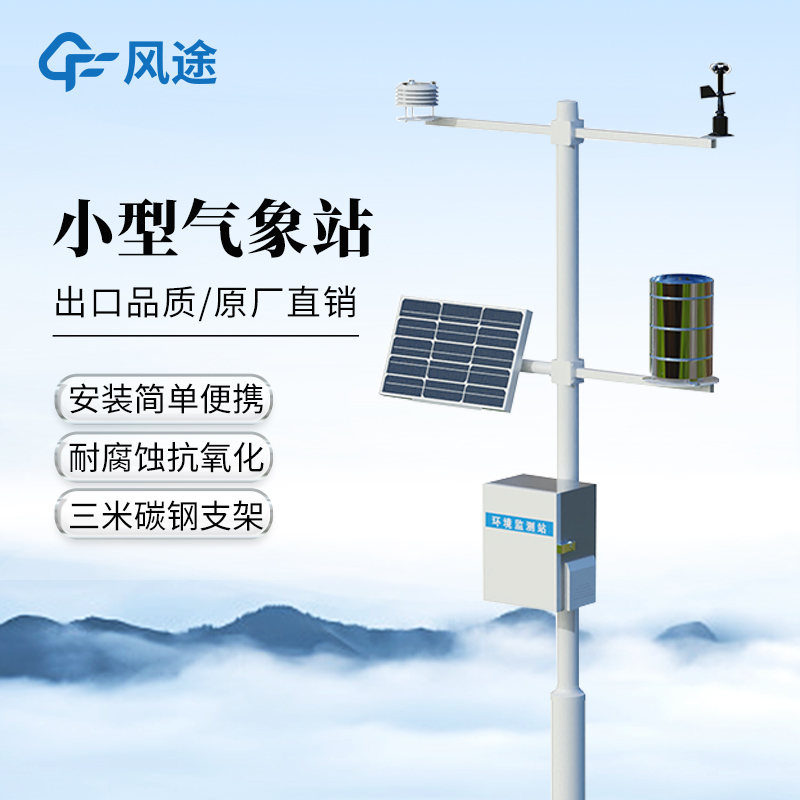The Meteorological observation station utilizes technologies such as wireless sensor networks, the Internet of Things (IoT), and cloud computing. Through various sensors, it can accurately collect meteorological element data such as wind speed, wind direction, temperature, humidity, and air pressure. The collector is responsible for gathering the data from the sensors and conducting preliminary processing and storage.
The system leverages IoT technology to achieve wireless data transmission, enabling the data to quickly reach the data processing center. The application of cloud computing technology makes data processing more efficient and also reduces the system cost.
This system is capable of continuously monitoring meteorological elements online for 24 hours, providing rich and real-time data support for meteorological analysis. For example, in the agricultural field, by monitoring the soil temperature and humidity as well as the air temperature and humidity, it creates a suitable environment for the growth of crops.
The system also plays an important role in meteorological disaster early warning. The real-time data and analysis can detect the signs of meteorological disasters in advance, such as heavy rain, typhoons, cold waves, etc., and promptly issue warnings, allowing people enough time to take preventive measures and reduce disaster losses.

Article address:https://www.sqqx.net/en/news/614.html

 +86 15898932201
+86 15898932201



